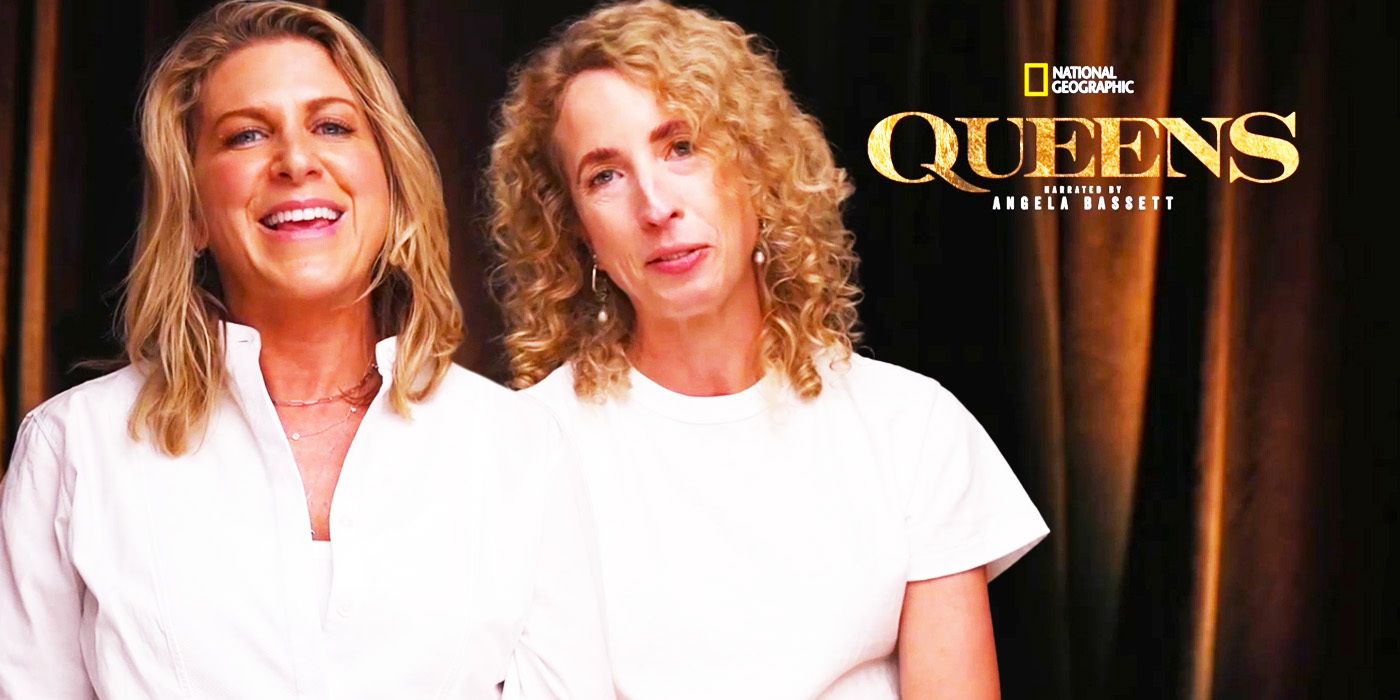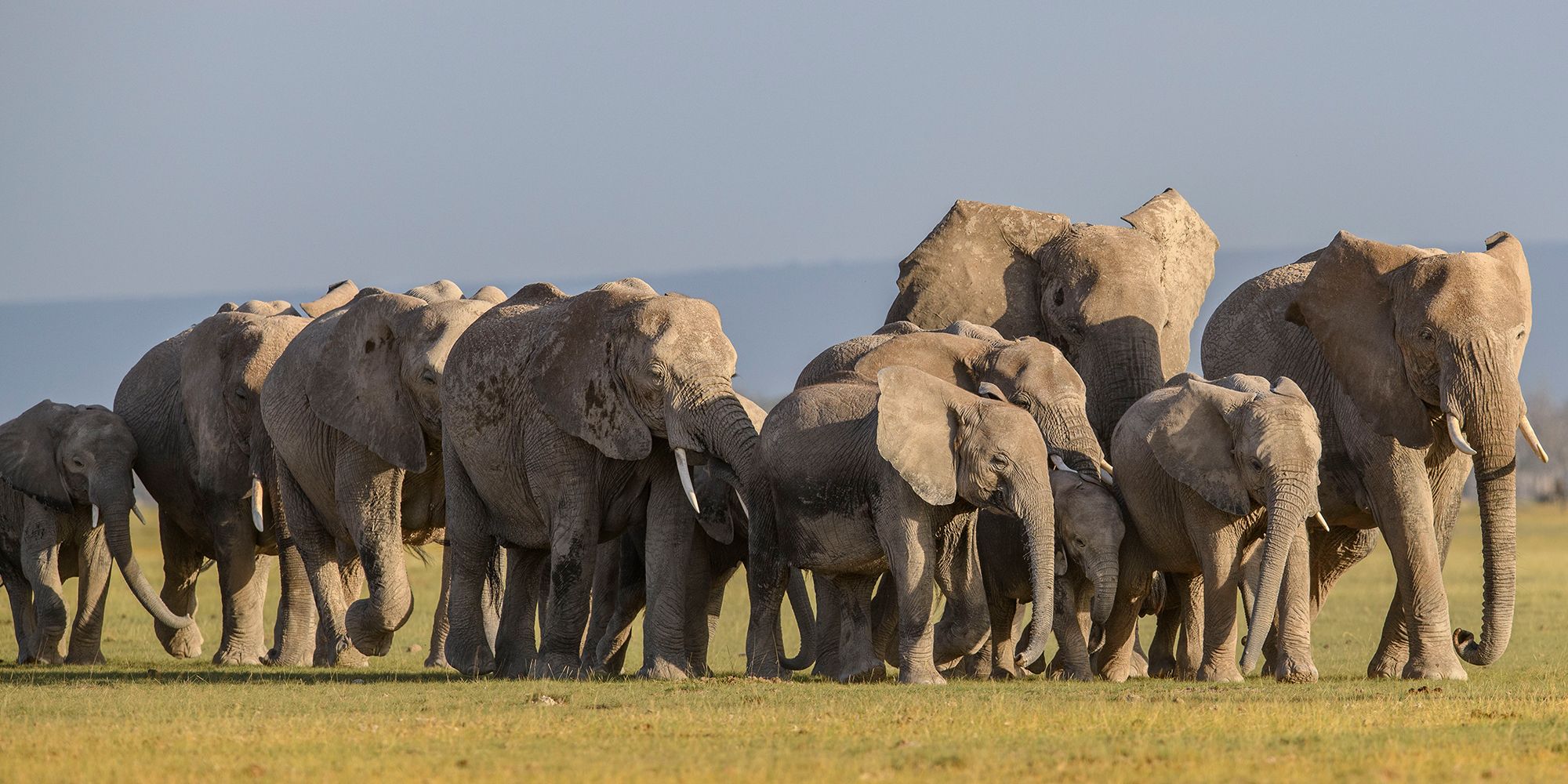Summary
- Queens’ innovative camera work captures stunning examples of intimate animal behavior, set to an epic soundtrack.
- The show focuses on promoting female animal protagonists as leaders, but blurs the line between reality and fiction with excessive anthropomorphization.
- The series is a powerful and necessary shake-up of the nature documentary formula that occasionally suffers thanks to its sociological approach.
There’s much to like and admire about Queens, National Geographic’s bold and bombastic seven-part nature docuseries. Combining cutting-edge camera work, stunning locations, and often spectacular visuals, the show is a full-blooded alternative to drier, more traditional genre competitors. But while Queens certainly delivers style, the substance occasionally suffers, leaving a series that toes the line between awe-inspiring and eye-rolling.
Queens is a Nat Geo documentary series narrated by Angela Bassett. The six-part nature doc follows the powerful sisterhoods that are formed in the animal kingdom among hyenas, elephants, ring-tailed lemurs, insects, orcas, and primates.
- Cast
- Angela Bassett
- Release Date
- March 4, 2024
- Seasons
- 1
- Showrunner
- Chloe Sarash
- Spectacular action, brought to life through innovative recording techniques and impressive camerawork
- A powerful message designed to resonate with a modern audience
- An epic showcase for a talented, female team of filmmakers
- Anthropomorphization of animals detracts from the real drama of their stories
- Giving animals human motivations and concerns makes the story seem less realistic
Queens Delivers Impressive Spectacle & Shows Nature At Its Most Dramatic
The series aims to deliver never-before-seen analysis of matriarchies within nature. Each episode centers on a different “queen“, showcasing intimate aspects of their lives and demonstrating their leadership abilities – often within extraordinarily challenging contexts. It’s in these moments that the show is at its best. Director Chloe Sarash and her team of female filmmakers use ground-breaking low-light cameras to reveal hidden worlds in wondrous depth, giving the animals an immediacy and personality that pulls the audience in. Everything, from the gentle caress of an elephant’s trunk to the beat of a bee’s wing, is given due care and attention, highlighting Queens‘ impressive commitment to detail.
Alongside intimacy, the show revels in epic action that wouldn’t look out of place in Disney’s Lion King remake. Midnight battles between elephants and hyenas and devastating attacks from shark-stalking orca, all set to an in-your-face soundtrack, give the show an epic scale that few others can match. Many of these moments are genuinely jaw-dropping thanks to an innovative combination of traditional camera work and advanced drone footage.
6:21


Queens Producers & Writers On The Female-Driven Vision Of National Geographic’s New Show
Producers and writers Vanessa Berlowitz and Chloe Sarosh discuss breaking ground in the natural history space with National Geographic’s Queens.
As the camera dramatically sweeps across African plains and rollercoasters through Central American jungles, the show establishes a thrilling pace that never lets up. Honorary Oscar-winning actress Angela Bassett’s sonorous vocal talents lend weight to narration that, in lesser hands, would waver between lightweight and ludicrous. The script is at pains to invite viewers to identify with the animal protagonists, ascribing names, emotions, and motivations to embellish the drama. While this makes the action more accessible, it is also the series’ greatest flaw.
Queens Presents A Hollywood Version Of Real Animal Stories
While not every documentary has a duty to inform, Queens‘ is much more interested in story than science. The show has a clear objective – establishing its protagonists as strong female role models, and correcting a media landscape that all too often centers male stories and characters. The problem is not the message, it is the means. Despite the appealing parallels, nature is not a mirror of human society. By giving the animals uniquely human characteristics and concerns, the show leaves them feeling less realistic and their stories less believable.
As a result, Queens sometimes feels like an attempt to retroactively fit nature into the sociological zeitgeist rather than a genuine effort to represent these amazing animals as they are. Identifying the female animals as a new wave of revolutionary freedom fighters gives their stories an immediacy, but also feels disingenuous. Each episode’s opening narration describes the subject as “a new hero” – a disservice to the millions of years of evolution and generations of matriarchs that led to these stories.
Lionesses haven’t suddenly decided to overthrow the patriarchy – they have dominated the African Savanna for hundreds of thousands of years. Showcasing their story through the lens of a particularly human struggle is a misrepresentation of the real challenges they face – albeit an entertaining one. Frustratingly, in the series’ final episode, Queens succeeds in telling the authentic, empowering story that’s missing from episodes 1 through 6.
Offering a special behind-the-scenes glimpse at the making of the series, episode 7, “Behind The Queens,” showcases the inspirational women who brought the show to life and continue to dedicate their lives to the study and protection of the incredible animals featured throughout. Conflating their journeys with those of the animals is not a neat crossover – both are distinct stories that deserve their own consideration and approach.
Nature can be engrossing without turning the drama into a human story.
Queens‘ anthropomorphization is an obstacle from the outset. Highly emotive, humanizing language is consistently used to describe events, with words like “cruel” and “murder” passing judgment on what are just the necessary rhythms of the natural world. As other series have proven, nature can be engrossing without turning the story into a human drama. Categorizing the participants as heroes and villains – such as when a hyena deposes her sister by killing her cub – provides a clear emotional framework, but doesn’t feel like a fair reflection of what’s actually going on.
These issues don’t ruin Queens; for some viewers, they may even enhance the experience. The show deliberately distances itself from established nature documentary conventions, telling stories that are designed to resonate with a modern audience. Showrunner Sarash and her team have succeeded in crafting a visually sumptuous, pulse-pounding series that showcases some incredible animal behavior and highlights a team of talented and inspirational women. Had it stopped there, Queens could have become a classic. Unfortunately, giving nature a narrative it doesn’t always deserve can also detract from what makes the spectacle so extraordinary.
This story originally appeared on Screenrant


